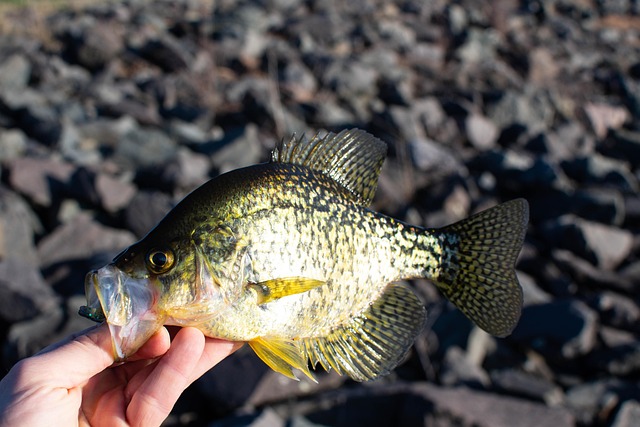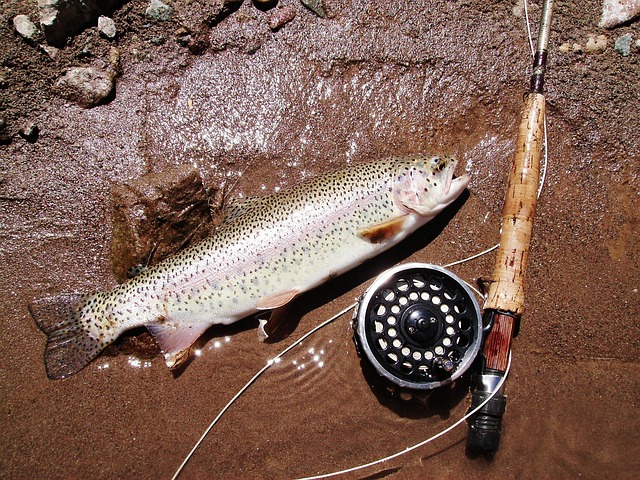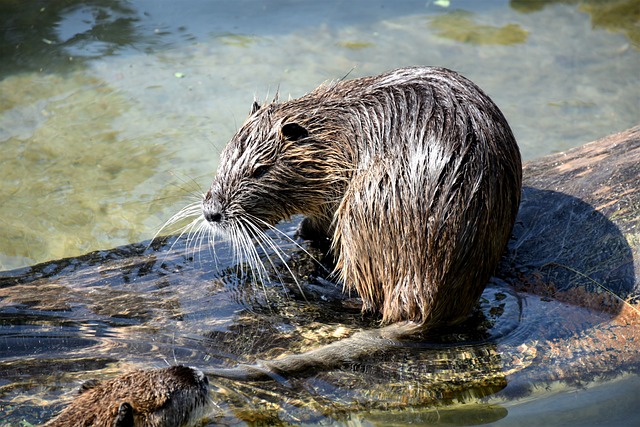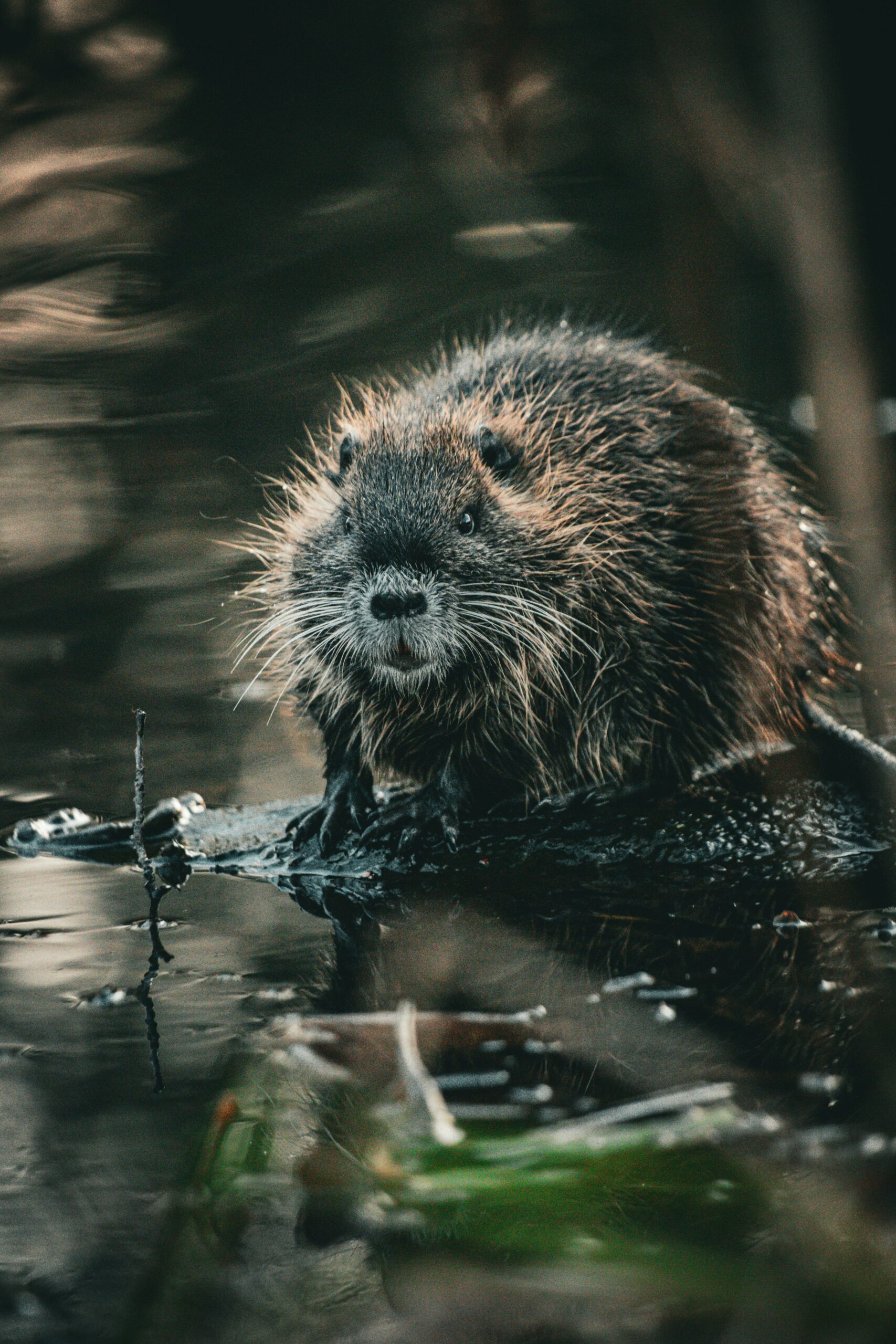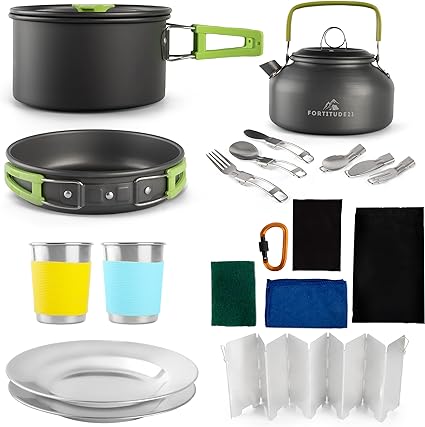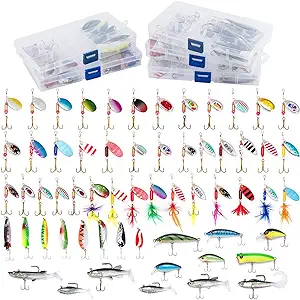ng is an exciting time for trout fishing enthusiasts, as the warming weather signals the start of prime fishing season. To make the most of your spring trout fishing adventures, proper preparation and knowledge are key. From getting your gear in top condition to understanding trout behavior and selecting the right bait and lures, there are several important factors to consider before hitting the waters. In this guide, we will delve into essential tips and strategies to help you prepare effectively for spring trout fishing and increase your chances of a successful and enjoyable angling experience.
Gear Preparation
Checking and Cleaning Equipment
Before hitting the water for spring trout fishing, it’s essential to give your gear a once-over. Check your rods, reels, lines, and other equipment for any signs of wear or damage. Give everything a good clean to ensure optimal performance when you’re out on the water.
Upgrading or Replacing Worn-Out Gear
If you find any gear that’s seen better days, consider upgrading or replacing it before the fishing season kicks off. A smooth-operating reel and a sturdy rod can make all the difference when battling that big trout, so don’t skimp on quality gear.
Location Scouting
Researching Trout Habits and Habitats
To increase your chances of a successful fishing trip, take the time to research the habits and habitats of trout in your area. Understanding where trout like to hang out and what they like to eat can help you pinpoint the best fishing spots.
Exploring Potential Fishing Spots
Once you have an idea of where trout might be found, get out there and explore potential fishing spots. Whether it’s a river, stream, lake, or pond, scouting out different locations can help you find the perfect spot to reel in that prized trout.
Understanding Trout Behavior
Seasonal Feeding Patterns
Trout behavior can be influenced by seasonal changes, so take the time to learn about their feeding patterns during the spring. Knowing when and where trout are most active can give you a leg up when it comes to landing a catch.
Factors Affecting Trout Activity
From water temperature to weather conditions, various factors can affect trout activity. By understanding how these elements impact trout behavior, you can adjust your fishing techniques accordingly and increase your chances of success.
Bait and Lure Selection
Matching the Hatch
One key to successful trout fishing is matching your bait or lure to what the trout are feeding on. Pay attention to the insects and other food sources present in the water to select the right bait and increase your chances of enticing a bite.
Experimenting with Different Baits and Lures
Don’t be afraid to mix things up and experiment with different baits and lures. Trout can be picky eaters, so having a variety of options in your tackle box can help you adapt to changing conditions and tempt even the most selective trout.**Techniques for Spring Trout Fishing**
***Casting and Presentation Techniques***
When it comes to spring trout fishing, your casting game has to be on point. Practice those smooth, accurate casts to land your bait right where the trout are lurking. Remember, presentation is key – make that lure or bait look as irresistible as a slice of pizza at midnight.
***Adjusting Strategies Based on Conditions***
Trout can be finicky creatures, so be prepared to switch up your game plan based on the weather and water conditions. If it’s sunny and the water is clear, opt for lighter lines and smaller lures. On a cloudy day with murky water, go for something more flashy and attention-grabbing.
**Safety Tips**
***Wearing Proper Gear***
We’re not just talking about your lucky fishing hat here (though that’s essential too). Wear the right gear – sturdy shoes, a life jacket if you’re on a boat, and don’t forget sunscreen to avoid looking like a lobster by the end of the day.
***Being Aware of Surroundings and Wildlife***
Trout fishing isn’t just about battling the fish – keep an eye out for slippery rocks, unpredictable currents, and any unexpected visitors from the animal kingdom. You don’t want to end up in a showdown with a bear over your catch of the day.
**Conservation Practices**
***Catch-and-Release Best Practices***
Let’s keep those trout populations thriving for future fishing adventures. Practice catch-and-release techniques like using barbless hooks, handling the fish gently, and releasing them back into the water quickly to swim another day.
***Respecting the Environment and Regulations***
Mother Nature is the ultimate fishing buddy, so show her some love by following regulations, picking up your trash (yes, that includes your empty snack wrappers), and leaving the fishing spot better than you found it.
**Planning for Success**
***Setting Realistic Goals***
Sure, landing a trophy-sized trout would be amazing, but let’s be real – even catching a smaller fish can be a big win. Set realistic goals, enjoy the process, and remember that every fishing day is a good day, regardless of the size of your catch.
***Maintaining Patience and Persistence***
Patience is a virtue, especially in the world of fishing. Trout might not always be biting, the weather might not cooperate, but if you stick with it, stay persistent, and keep that fishing rod in hand, success will eventually swim your way.As you gear up for spring trout fishing, remember that patience, persistence, and a deep respect for the environment are crucial elements for a successful outing. By implementing the tips and techniques outlined in this guide, you can enhance your fishing skills, increase your chances of landing a prized trout, and contribute to the conservation of these magnificent fish species. So, get out there, enjoy the beauty of nature, and make the most of your spring trout fishing adventures!






